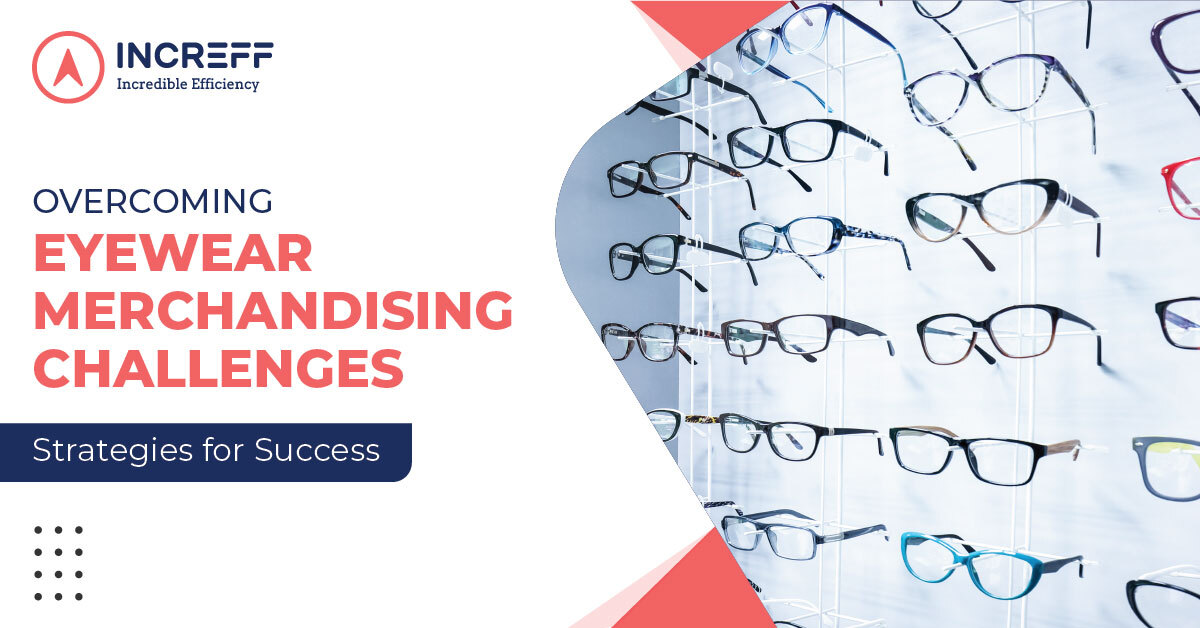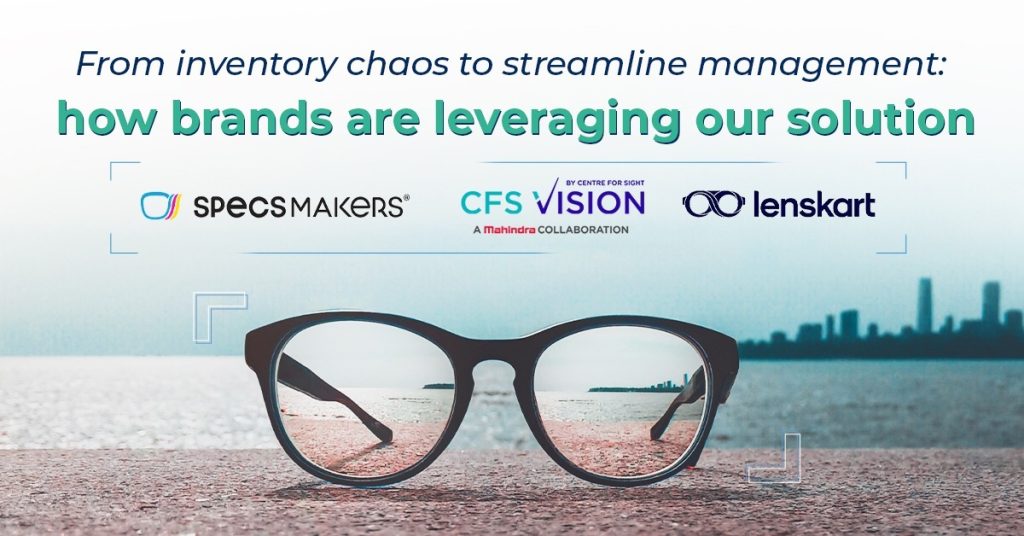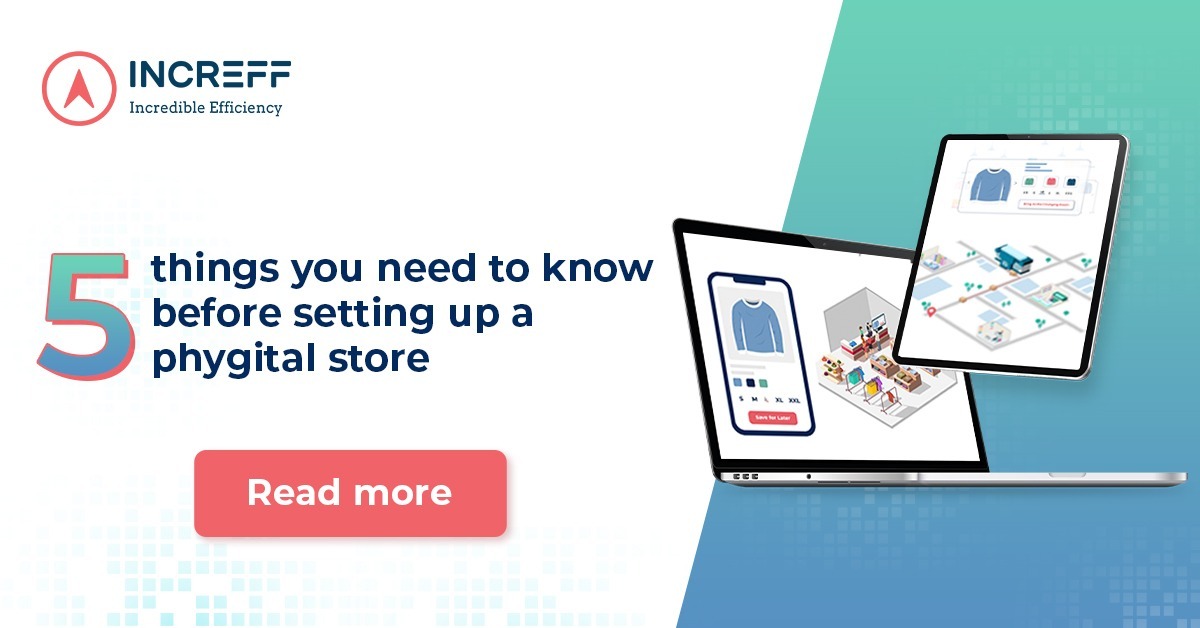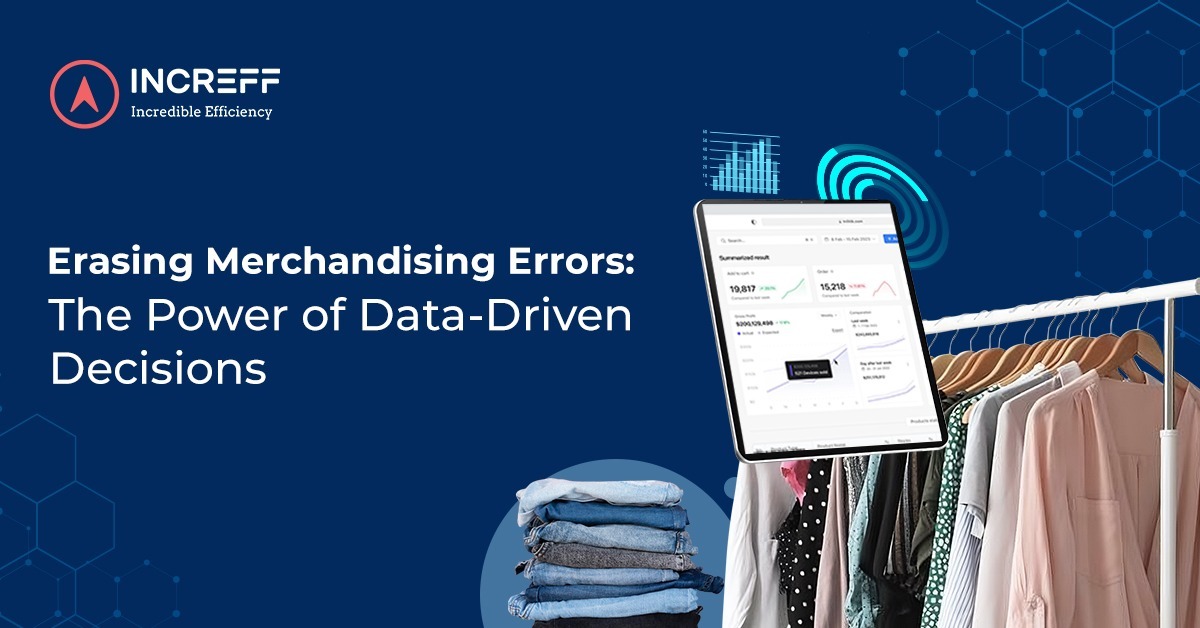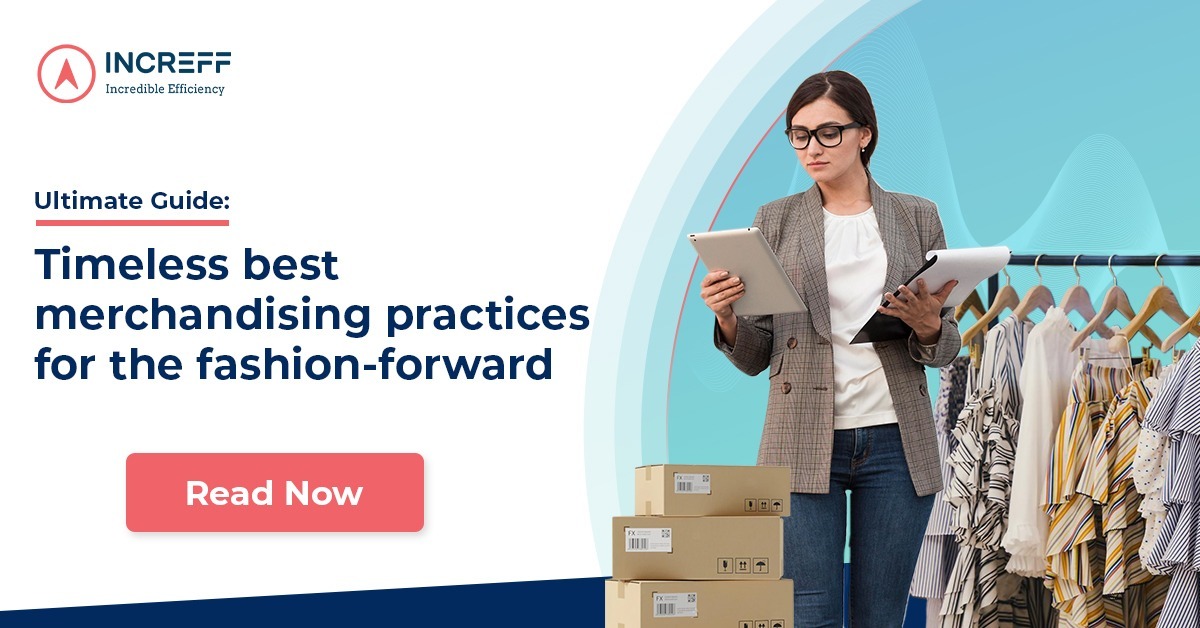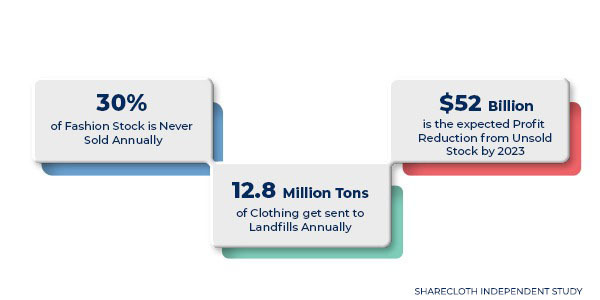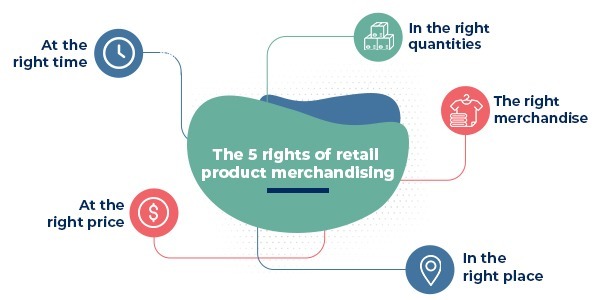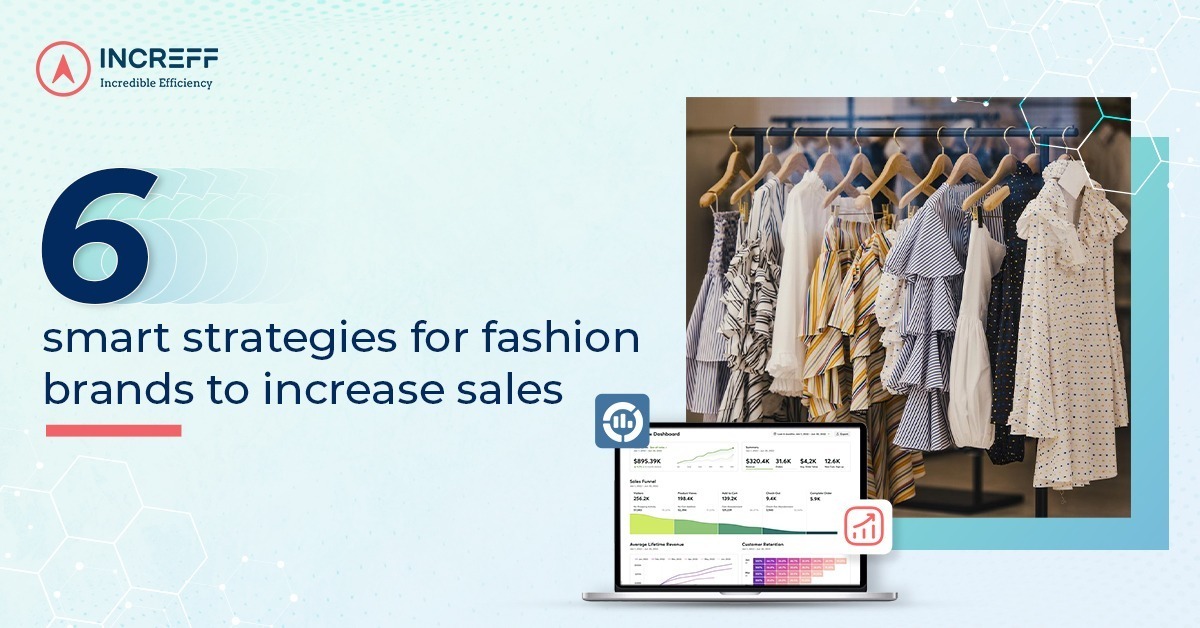Keeping up with changes in customer behavior is vital for retailers seeking to thrive in a competitive market. A pivotal factor in achieving success lies in transforming your fashion merchandising approach to prioritize customer satisfaction.
Did you know that an impressive 86% of consumers are willing to pay more for an enhanced shopping experience? Furthermore, customers are willing to pay a premium of up to 13% (and even as high as 18%) for luxury and indulgence services, solely driven by exceptional customer experiences. Additionally, hyper-customization significantly impacts spontaneous purchases, as 49% of buyers have made impulse buys after receiving a more personalized experience.
Join us as we unveil actionable strategies to elevate your merchandising game and surpass customer expectations.
The Experience Evolution – Shifting the Narrative Post-Covid
“The future of retail will be built on one-to-one commerce, where retailers build relationships with individual customers and treat them as individuals, not just as numbers.”- “The Return of One-to-One Commerce”, The Economist
Over the last two decades, there has been a significant shift towards personalized customer experiences. This trend has only intensified in the post-COVID era as retailers recognize the growing importance of catering to individual preferences and needs.
Leveraging technology and data analytics, retailers can now provide tailored offerings based on individual preferences, including customized product recommendations, personalized pricing, and tailored promotions. Considering this, the importance of building one-to-one relationships with customers and delivering personalized experiences to drive loyalty and business growth is emphasized.
While the rise of e-commerce initially shifted focus away from personalized interactions, the pandemic has prompted a re-evaluation, with retailers realizing its value. By embracing data-driven personalization and meeting customer demands for individualized experiences, retailers can position themselves for success in the ever-evolving retail merchandising landscape.
Evolution of Fashion Merchandising
In 1883, the introduction of the Cash Register revolutionized business operations, enabling automated recording of transactions and inventory. Prior to this, businesses relied on manual record-keeping. In the 50s, shopping malls emerged, offering convenience and a variety of activities.
In the next decade, big box stores like Walmart provided larger, self-service versions of department stores. In 2010, Warby Parker transformed online shopping by offering customers the option to try on products virtually. E-commerce then became the preferred method of buying, offering research opportunities and dependence on social media influencers in today’s world. The relatively nascent metaverse, a virtual-reality space, allows users to work, play, shop, and socialize.
It is evident that transitioning towards customer-centric merchandising is becoming more and more necessary – but what does this entail in practical terms? To understand this, we must first define merchandising and its multifaceted tasks that vary across companies. Merchants serve as strategic drivers and collaborators throughout the product life cycle, from design and planning to assortment management, encompassing decisions related to product, store, and sales decisions.
The methods for making these decisions have evolved, with limited data and tools. Today, technology enables the connection of multiple data sources and automates previously manual processes, facilitating a shift from a product-centric to a customer-centric merchandising approach. Merchandising involves planning, selecting, distributing, and measuring the success of products delivered to consumers.
It entails category strategy, providing value, and maximizing performance through cross-functional collaboration. Successful navigation of this workflow and addressing industry shifts leading to more consumer-centric assortments and improved financial outcomes.
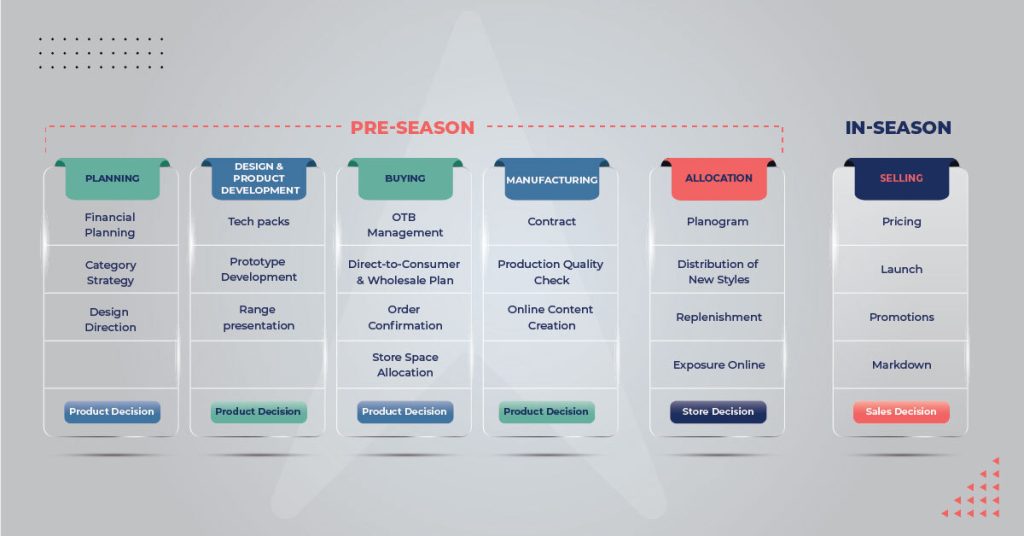
Essential Factors for Achieving Customer-Centricity
Embarking on the most significant merchandising transformation in decades can feel overwhelming. With numerous avenues to explore, knowing where to begin becomes crucial. To help you navigate this transformative journey, we have distilled the process into five essential steps. These steps will serve as a solid foundation for your merchandising revamp, ensuring a successful start to your journey toward customer-centric excellence.
Gain Insights into Your Most Profitable Customer Segments
To effectively consider your customers during the fashion merchandising process, shifting from a product-centric mindset to a customer-centric approach is essential. Avoid relying on the “average” customer concept and recognize that not all customers are created equal.
Analyzing customer purchase history, calculating customer lifetime value (CLV), segmenting customers based on profitability, conducting surveys or interviews, utilizing data analytics and CRM tools, and monitoring profitability metrics can help identify and prioritize your most profitable customers. Tailoring your strategies to cater to these valuable customers will maximize your business’s success.
Nike doesn’t just sell products. It tells customers what they want. Nike serves as an exemplary fashion brand that successfully shifted to a customer-centric approach. They gained insights into customer preferences and needs through data analytics and market research. By leveraging digital technologies like the NikePlus loyalty program and the Nike Training Club app, they personalized experiences, providing tailored recommendations, exclusive content, and customized products. Placing the customer at the core of its strategy allowed Nike to build stronger relationships, leading to increased loyalty, higher sales, and substantial market growth.
Develop an Insight-driven Product Range to Attract and Retain High-Value Customers
Once you have a clear understanding of your value-based segments, you can create assortments that not only attract them but also foster customer loyalty. You can uncover patterns and preferences that resonate with high-value customers by analyzing customer data, including purchase history and feedback.
Collaborating with merchandisers and designers is essential to translating these customer insights into actionable product concepts. You can refine and improve your product range to meet their expectations through iterative testing and gathering feedback from high-value customers.
Read more about the enduring merchandising strategies for the fashion-forward that will withstand the test of time here.
Optimize Buy Quantities with a Data-driven Approach
Informed buying decisions are crucial for retailers, encompassing product selection and quantity. Leveraging data analytics, retailers can analyze customer buying behavior and preferences to identify potential bestsellers and address underperforming products, optimizing their assortment mix and reducing excess stock.
Comprehensive computations considering key attributes enable optimal decision-making. Data also helps identify top-sellers and Never-out-of-stock items (NOOS), facilitating effective assortment adjustments and capitalizing on emerging trends. Quantifying purchase quantities should be guided by customer-level repeat purchasing behavior, ensuring the right products are available for the right customers to maximize full-price sell-through.
Hirawats, a fashion retailer, achieved a 36% revenue growth and addressed challenges by leveraging our Merchandising Software. Increff software improved forecasting accuracy, identified slow-moving products, and enabled efficient core category reordering, leading to benefits like increased sales accuracy, improved inventory turn, and reduced sales opportunity loss.
Read more about Hirawats success story here.
Tailor Promotions to Customer Preferences and Buying Behaviour
Understanding the customer-driven profitability of your business provides a fresh perspective on your promotion strategy. By leveraging digital data, you can analyze if low sales stem from low product views or poor conversion rates. This information helps optimize promotion spending and determine when to use broad promotions (e.g., 50% off all shirts) or tailored customer-focused promotions (e.g., 50% off size XL and S shirts in store A based on the DNA of that Store).
It’s also essential to consider competitor promotions. However, connecting and analyzing the available data can be challenging. Utilizing a merchandising experience platform simplifies data analysis, freeing up time to focus on decision-making. Implement dynamic pricing strategies, offer targeted discounts based on buying behavior, maintain promotion consistency across channels, and deliver personalized offers through relevant channels for each customer segment.
Discover how our merchandising software helped a luxury designer retailer overcome the challenge of dynamic discounting here.
Align Product Exposure Logic with Customer and Profit Considerations
Physical retailers have long-established practices for managing in-store inventory and layout changes due to the cost of change. In the digital realm, algorithms drive product exposure through marketing channels and on-site merchandising platforms. However, these algorithms often have separate objectives and are controlled by different teams.
To optimize merchandising decisions, it’s crucial for merchants to have control over boosting or burying products dynamically based on inventory and personalized customer attributes. Many existing merchandising systems focus on click-through rates, while product feed engines prioritize advertising returns.
Online shopping continues to grow, and brands need data-driven insights to make informed decisions on inventory distribution, marketing, liquidation, and style rankings based on revenue per page view and conversion rates. Read more on how to embrace an omnichannel approach to product exposure and delve into the era of phygital operations here.
Applying a customer lens to merchandising decisions
Transitioning to customer-centricity is a gradual process, but acting promptly is crucial. Assess your organization’s position, apply a customer-focused perspective, and prioritize profitability. Start moving in the right direction to cultivate a customer-centric culture supported by effective tools and systems. Here are the essential elements for bringing everything together.
- Conduct regular market analysis to compare your assortment and pricing structure with key competitors in the customer’s shopping landscape.
- Gain visibility into competitors’ assortments and pricing strategies globally while also understanding regional nuances in each market you operate in.
- Customize your assortment and pricing strategies to cater to the customers’ preferences in different regions and channels.
- Identify your most profitable customers and prioritize their preferences when planning your assortment.
- Determine purchase quantities based on customer-level repeat purchasing patterns.
- Personalize promotions based on customer profitability rather than focusing solely on the product.
- Evaluate the effectiveness of product exposure based on profitability, inventory status, and customer attributes.
- Analyze inventory levels, page views, and final conversions to assess performance.
- Shift the focus from analyzing return rates at a product level to a customer-level analysis.
- Regularly evaluate and optimize the inventory, considering the profitability, customer engagement, and conversion rates.
We acknowledge your competence as a merchandiser, and it’s evident that your current merchandising process is well on its way to becoming customer-centric. We commend your progress so far but remember that you don’t have to navigate this journey alone. The next step for you is to infuse customer-centric thinking throughout the entire product journey.
At Increff, we specialize in assisting retailers and brands like yours in making data-informed decisions. Schedule a call with our experts today to discover how we can support you in achieving true dynamic merchandising.

